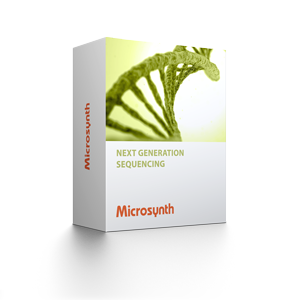
Back to top
CRISPR/Cas9 Sequencing

From guide verification to editing efficiency—get the full picture
Deeply characterize your CRISPR/Cas9 experiments. Whether you’re verifying sgRNA libraries, assessing on-target mutation efficiency, or analyzing the DNA-level outcome of a CRISPR screen, we offer tailored sequencing and analysis solutions.
What You Can Achieve
- Confirm presence and distribution of single guide RNAs (sgRNAs) in plasmid libraries
- Quantify on-target editing efficiency
- Compare mutation outcomes across treatments and controls
- Identify dominant mutations from pooled CRISPR screens
- Detect potential off-target mutations
Before You Start
To ensure an optimal setup from the start, reflect on the following:
- What type of CRISPR experiment are you planning (e.g., knockout, knock-in, screening)?
- What is the minimum required read length?
- What sequencing depth is necessary to detect low-frequency edits?
- Are you interested in mutation frequencies, functional consequences, or both?
- How many samples will be processed?
Modular Workflow
Outsource the entire workflow—or select specific modules. Our process is designed for flexibility. Typical workflow steps include:
Bioinformatic Analysis
Our CRISPR/Cas9 data analysis module delivers precise and actionable insights.
Plasmid Library Analysis
- Which sgRNAs are present?
- What is their frequency distribution?
Post-Editing Analysis
- Was the edit successful?
- Which insertions or deletions (InDels) were introduced?
- What is the frequency of each mutation?
- What functional effects can be inferred from comparison to controls?
Comparative Analysis
- Identify significantly edited regions across conditions
- Highlight high-impact mutations for further investigation
All results are delivered as raw data, annotated variant files, and visual summaries.
For further technical insights, download our comprehensive Application Note on the right side.
Turnaround Time
- 15–20 working days for sequencing
- +3 working days for full analysis
- Express service available upon request
Sample Requirements
- Buffer recommendation: 10 mM Tris-HCl (pH 7.5–8.5)
- Important: Avoid any buffers containing EDTA >1mM
- DNA quantification: Use fluorometric methods (e.g., PicoGreen®, Qubit®)
Sample Input for Illumina Sequencing:
| Sample Type | Amount (µg) | Concentration (ng/µl) |
| DNA for amplicon preparation | >0.1 | >5 |
| 1st or 2nd step Nextera PCR product | >0.2 | >5 |


